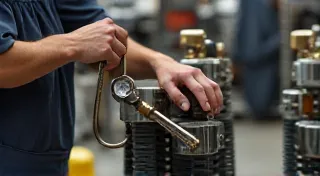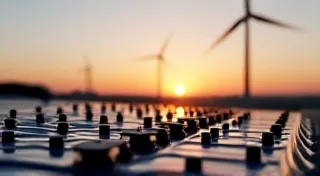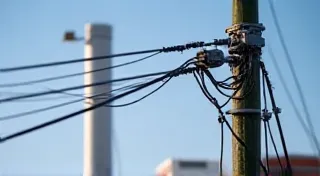Maximizing Energy Storage: Battery Selection for Your Wind Turbine System
Building a small-scale wind turbine is a fantastic step towards renewable energy independence. But generating electricity is only half the battle. To truly harness the power of your wind turbine, you need a reliable energy storage system. Most wind power isn't consistently available; batteries bridge the gap, storing excess energy for use when the wind isn’t blowing. Choosing the right battery type is crucial for the efficiency, longevity, and overall success of your DIY wind turbine project. Let’s explore the common battery options.
Understanding Your Energy Needs
Before diving into battery types, calculate your energy consumption. Determine the typical daily or weekly energy usage you plan to power with your wind turbine. This will inform the battery bank size you’re aiming for. Factors like location (wind availability), planned appliances, and desired autonomy (how many days you want to be able to run without wind) all influence this calculation. The design of the wind turbine itself – from the tower that supports the blades to the aerodynamics of the blades – also has a significant impact on the amount of energy you'll need to store. For instance, ensuring the turbine is properly positioned and can efficiently capture the available wind is paramount. Understanding the principles of wind turbine aerodynamics will help optimize energy capture.
Lead-Acid Batteries: A Traditional Choice
Lead-acid batteries have long been the standard for energy storage, and for good reason. They are relatively inexpensive and readily available. There are two primary types of lead-acid batteries used in wind turbine systems:
- Flooded Lead-Acid (FLA): These are the most budget-friendly option. They require regular maintenance – topping up with distilled water – which can be a drawback for some.
- Sealed Lead-Acid (SLA) / Absorbed Glass Mat (AGM): These are maintenance-free, as the electrolyte is absorbed into a glass mat separator. They are generally more expensive than FLA batteries but offer greater convenience.
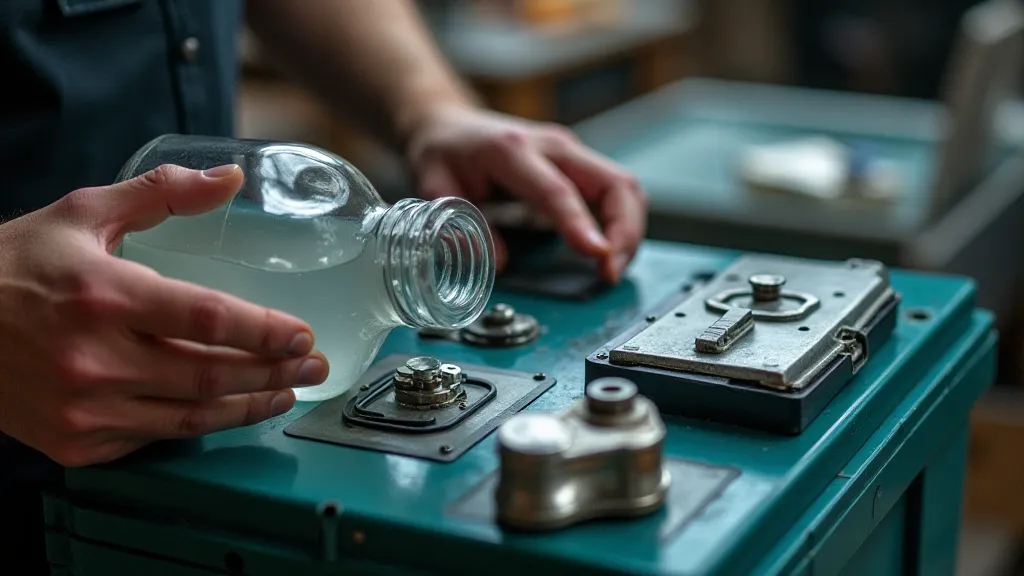
Pros of Lead-Acid Batteries: Affordability, wide availability, well-understood technology.
Cons of Lead-Acid Batteries: Shorter lifespan (typically 3-5 years), lower depth of discharge (DoD - the percentage of battery capacity that can be safely used without damaging the battery), heavy, and contain lead (environmental concerns). It's important to remember that a well-designed system, including the supporting structure, contributes to the overall efficiency and longevity of your wind turbine setup. The right wind turbine tower design is critical, especially in areas with high winds.
Lithium-Ion Batteries: The Modern Alternative
Lithium-ion batteries have gained popularity in recent years, largely due to their superior performance. Several subtypes are suitable for wind turbine applications, including Lithium Iron Phosphate (LiFePO4), which is known for its safety and long cycle life.
Pros of Lithium-Ion Batteries: Longer lifespan (typically 5-10+ years), higher depth of discharge (often 80-100%), lighter than lead-acid batteries, higher energy density (more power for the weight).
Cons of Lithium-Ion Batteries: Higher initial cost, more complex charging requirements (often requiring a Battery Management System or BMS), potential safety concerns (though LiFePO4 is considerably safer than other lithium-ion chemistries). The choice between a horizontal or vertical axis wind turbine – a question many face when starting – will also influence the amount of energy you aim to store. Understanding the distinctions between VAWT vs. HAWT configurations is vital for optimizing your system.
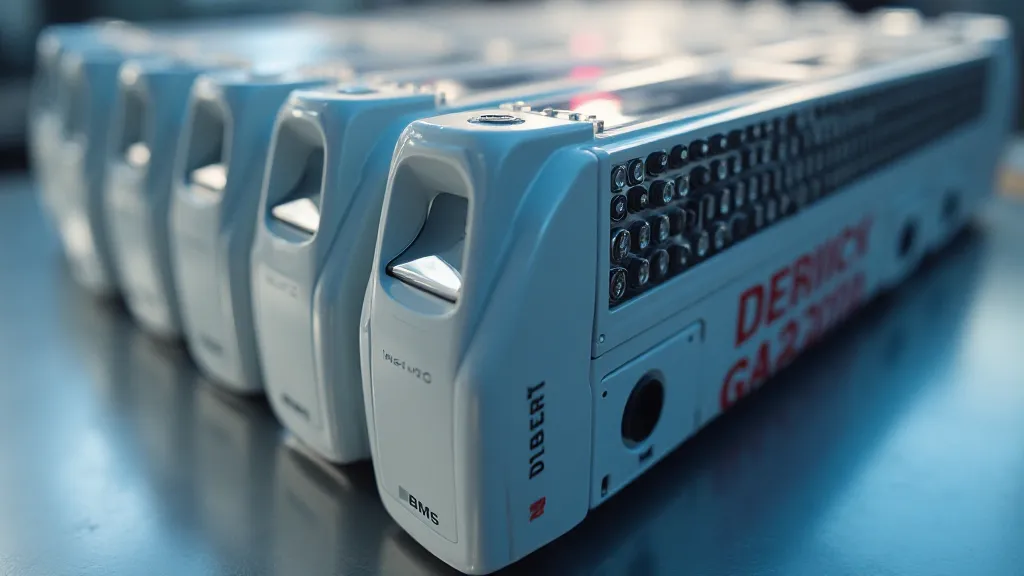
Other Battery Options
While less common, other battery technologies exist:
- Nickel-Iron (NiFe): These are incredibly durable and long-lasting, but less efficient than lithium-ion and can be challenging to source.
- Flow Batteries: Offer potential for large-scale storage but are currently expensive and complex.
Deep Dive into Battery Management and Efficiency
Maximizing the energy harvested from your wind turbine isn't just about selecting the right battery; it's a holistic approach. Factors such as the efficiency of the power conversion process, charge controllers, and the overall system design all play vital roles. A significant portion of the energy generated can be lost if the system isn't properly optimized. For instance, an inefficient charge controller can drastically reduce the amount of power actually stored in the battery bank. Furthermore, factors affecting how efficiently the blades extract energy from the wind are paramount, and it’s useful to consider these in relation to battery storage needs.
Calculating Battery Bank Size and Autonomy
Let's illustrate with an example. Suppose your daily energy consumption is 5 kWh. You desire 3 days of autonomy (the ability to run solely on stored energy). This means you need a battery bank capable of storing 15 kWh (5 kWh/day * 5 days). This calculation forms the baseline. However, factors like battery voltage, efficiency, and temperature can impact the actual battery capacity required. Lead-acid batteries typically have a recommended depth of discharge of around 50%, meaning you're only using half their capacity to prolong their lifespan. Lithium-ion batteries can handle a much deeper discharge (80-100%), allowing for a smaller battery bank for the same energy storage capacity. Understanding these nuances is key to building an efficient and reliable system.
Maintenance and Longevity Considerations
Regular maintenance is crucial for extending the lifespan of any battery system. Lead-acid batteries require periodic topping up with distilled water, while lithium-ion batteries generally require less maintenance but still benefit from occasional inspection and cleaning. Temperature extremes can significantly impact battery performance and longevity. Shielding batteries from extreme heat or cold can help to maintain optimal operating conditions. The overall health of your turbine and the supporting system directly impacts the strain on the battery, so addressing potential problems early is essential. For example, an imbalance in the turbine’s rotation could lead to increased vibration and stress on the system, ultimately affecting battery performance.
Choosing the Right Battery for Your Wind Turbine
The best battery type depends on your specific needs and budget. For a basic, budget-friendly project, flooded lead-acid batteries are a viable option. If you prioritize longevity, performance, and are willing to invest more upfront, lithium-ion batteries are the superior choice. Always consider the total cost of ownership – lifespan, maintenance, and replacement costs – when making your decision. Many factors influence the overall performance, and understanding how wind speed impacts energy output is key.
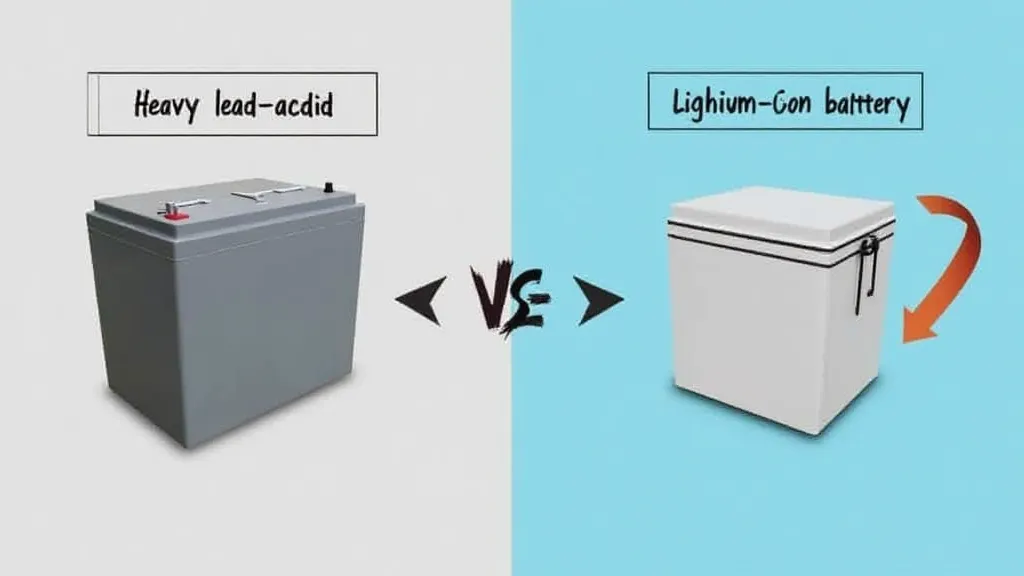
Remember to research thoroughly and consult online forums and communities dedicated to DIY wind power to gain insights from experienced builders. Considering all aspects of energy capture and storage, from blade design to battery selection, is the key to a successful and sustainable wind turbine system.
